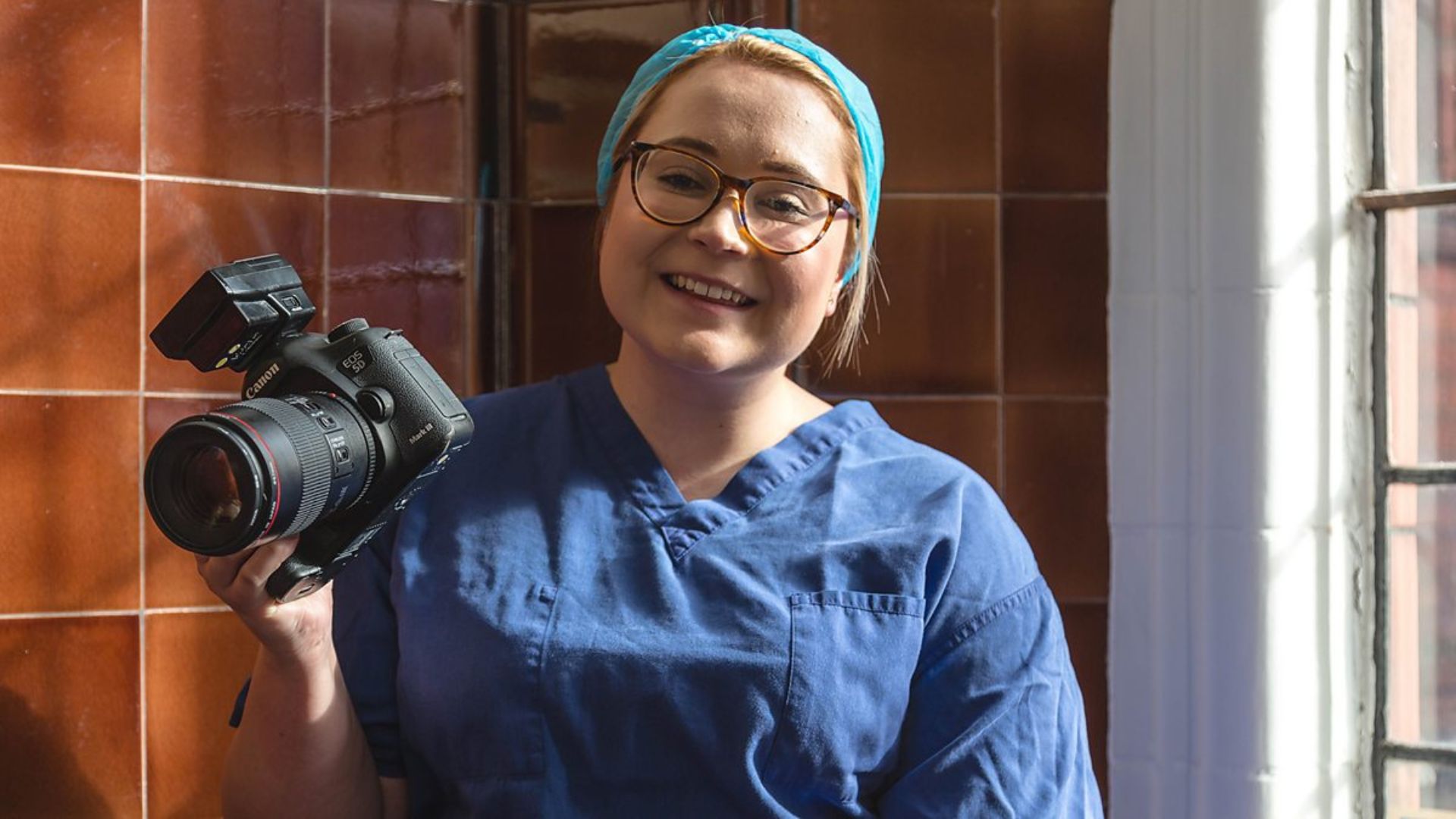|
Getting your Trinity Audio player ready...
|
Medical photography, often referred to as clinical photography, plays a vital role in the healthcare industry. It goes beyond simply capturing medical images; it’s a specialized field requiring a unique blend of technical expertise, scientific knowledge, and an understanding of patient privacy.

Documenting Medical Conditions
Diagnosis and Treatment
High-resolution photographs allow doctors to examine various skin conditions, wounds, and other external signs of illness in detail.
Monitoring Progress
Tracking the healing process of wounds, the effectiveness of treatment for skin conditions, or the response to medication can be effectively monitored through serial photography.
Surgical Procedures
Detailed photographic documentation of surgical procedures serves as a valuable reference tool for surgeons, aiding in education and training, and potentially even serving as legal evidence.
Summary
Within the healthcare realm, medical photography plays a crucial role in meticulously documenting various aspects of a patient’s condition. High-resolution photographs allow doctors to examine intricate details of skin conditions, wounds, and other external signs of illness. This visual data serves as a cornerstone for accurate diagnosis, enabling informed treatment decisions. Furthermore, medical photography proves invaluable in monitoring a patient’s progress. Serial photography, capturing images over time, allows healthcare professionals to effectively track the healing process of wounds, assess the effectiveness of treatment for skin conditions, and monitor a patient’s response to medication. By comparing these images, medical professionals gain valuable insights and can adjust treatment plans as needed, ensuring optimal patient care.
Applications in Research and Education
Research
Medical photographs are instrumental in medical research, providing visual data for studies on various diseases, treatment methods, and the development of new procedures.
Medical Education
Visual learning plays a crucial role in medical education. Students can utilize medical photographs to understand the visual aspects of various diseases, surgical techniques, and human anatomy.
Patient Education
Photographs can be used to explain medical conditions, treatment procedures, and potential side effects to patients clearly and comprehensively.
The Medical Photographer: A Crucial Member of the Healthcare Team:
Expertise and Training
Medical photographers possess specialized training in photography techniques, medical terminology, and aseptic procedures to ensure patient safety and adherence to hygiene protocols.
Collaboration
They work closely with healthcare professionals, including doctors, nurses, and surgeons, to capture the necessary images effectively.
Ethical Considerations
Maintaining patient privacy and confidentiality is paramount. Medical photographers adhere to strict ethical guidelines to ensure patient information and images are handled with utmost care.
The Future of Medical Photography
Technological Advancements
The field is constantly evolving with the integration of new technologies like 3D photography and telemedicine, offering even greater possibilities for remote diagnosis and treatment monitoring.
Artificial Intelligence
AI-powered image analysis has the potential to revolutionize clinical photography. Automating specific tasks like image analysis and highlighting abnormalities can improve efficiency and accuracy in diagnosis.
A Rewarding Career Path
Clinical photography offers a unique and fulfilling career path for individuals with a passion for both medicine and photography. It allows them to contribute significantly to patient care, medical research, and education.
Involvement and Further Exploration
Hospitals and Clinics
Many hospitals and clinics employ medical photographers.
Professional Organizations
The American Society of Media Professionals in Healthcare (ASMP) offers resources and information about the field.
Educational Programs
Several institutions offer training programs in medical photography.
Remember
Medical photography plays a vital role in supporting healthcare professionals, contributing to better patient care, and advancing medical knowledge. For more information about medical photography read here.
Conclusion
In conclusion, clinical photography serves as a powerful tool in the healthcare industry. From aiding diagnosis and treatment to fostering medical research and education, it plays a critical role in ensuring better patient outcomes. As technology continues to advance, the future of clinical photography holds immense promise for further improving healthcare delivery.

